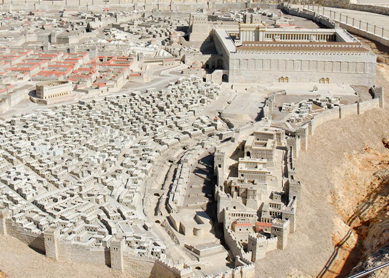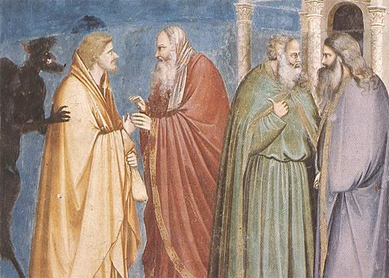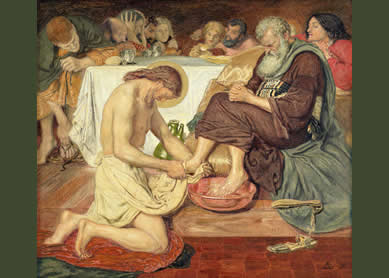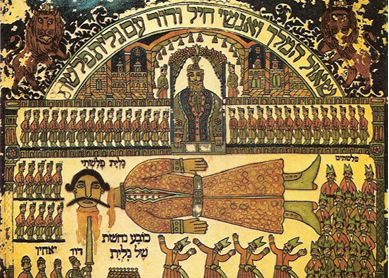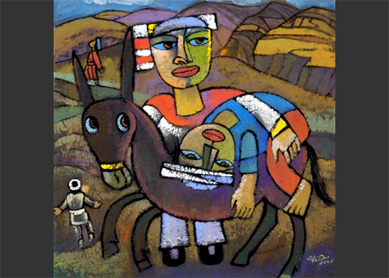Of all the cities mentioned in the Bible, none is better known or figures more prominently than Jerusalem. From its capture by David through its destruction by the Babylonians and its rebuilding at the time of Ezra and Nehemiah, Jerusalem is central to ancient Israel’s self-understanding. As the locus of Jesus’ activities during his final days, the city stands at the center of many of the crucial events narrated in the New Testament as well.
Jerusalem’s centrality did not diminish in the postbiblical period. This is especially so for Jews, who continue to this day to mourn its destruction even as they celebrate the establishment of the modern state of Israel. From perhaps as early as the mid-third century, Christian pilgrims trekked to Jerusalem, visiting sites associated with Jesus’ ministry there.
Does the biblical description of Jerusalem during the United Kingdom fit with history?
This is one of the most contentious areas of debate among biblical scholars. The Hebrew Bible lacks a detailed description of the city of Jerusalem, but many passages convey the picture of a large and powerful capital city. This was as true for Israel’s priests as it was for its politicians. In addition to the building of structures in Jerusalem and elsewhere (Hazor, Megiddo, and Gezer among them), David and Solomon are credited with the establishment of trade and diplomatic agreements with almost all other regional powers of the time.
If we read biblical texts as conveying elements of history, it is reasonable to expect to find support for the biblical accounts in archaeological excavations and in diplomatic and other correspondence. Yet there is only one early (preexilic) reference to the “house of David” that has been uncovered, this at Tel Dan. These relatively few words prove sufficient to remove David from the world of “fantasy” and place him in the world of “fact,” but this inscription says nothing about the extent of any kingdom David may have forged and Solomon enriched.
Archaeological excavations at sites such as Megiddo and Hazor are well advanced, with many large, impressive structures unearthed. Some scholars tie these building projects to David and Solomon’s time; others place them a century or so later.
For the preexilic period, archaeology within Jerusalem and its environs has proceeded much more slowly than at tels like Megiddo and Hazor. In this sense, Jerusalem is like any other ancient city that has been continuously occupied. Numerous structures have been unearthed, but there is considerable doubt as to whether we can precisely date any of these finds to the united kingdom of David and Solomon.
How then are we to answer the question raised above? For the time being, our overall strategy for reading the Bible will probably influence our vision of 10th-century Jerusalem. Do we tend to accept biblical accounts unless they are conclusively disproved (a maximalist approach) or accept biblical accounts only if they are corroborated by independent outside evidence (as with minimalists)? At the moment, the Jerusalem of David and Solomon occupies, uncomfortably, contested terrain between these two poles.
How is Jerusalem important in Jewish thought?
Several strands of rabbinic thought greatly expand upon the biblical descriptions of the three annual pilgrimage festivals (Passover, Shavuot, and Sukkot) that drew huge numbers to Jerusalem. Offering hospitality to visiting pilgrims was judged especially important; thus, it was forbidden to rent houses to pilgrims. Indeed, we are told, it was customary for residents of Jerusalem to vacate their homes during these periods.
Great care was taken in praising Jerusalem. It was known by 70 (or 72) names, each more lavish and loving than the others. According to one account, God was on the highest peak of Jerusalem when he created the world, also associated with Adam’s creation. Not only was Jerusalem a place of great height, topped by the Temple Mount, but it was also the center of the world, the veritable tabbur ha-aretz, or “navel of the earth.” For Muslims, Jerusalem is associated with prophets of the Hebrew Bible and with Jesus. Its holiest association is with Muhammad, who, according to the Qur’an, journeyed to the Farthest Mosque, which Islamic tafsirs (commentaries) locate on the mount of Jerusalem.
Jews and non-Jews share the idea of two Jerusalems—one heavenly, the other earthly. The plural ending of the Hebrew word for Jerusalem (Yerushalayim) may well have stimulated such thought of its two-ness, as may the biblical vision of Isa 6. Apocalyptic speculation has tended to emphasize the differences between the heavenly and the earthly, which would be bridged only when the heavenly city descends. Evangelical Christians are among those holding such a position, which they base on Rev 21:10 and the vision that follows. In contrast, much Jewish thought has emphasized the affinities between these two realms, foreseeing a time when the earthly Jerusalem rises upward until it reaches the heavens. This view emphasizes the role humans will play in the establishment of what we might call “a heaven on earth.” This concept is also a notable feature in Jewish prayer and popular liturgical compositions known as piyyutim.
Bibliography
- Galor, Katharina, and Hanswulf Bloedhorn. The Archaeology of Jerusalem: From the Origins to the Ottomans. New Haven: Yale University Press, 2013.
- Montefiore, Simon Sebag. Jerusalem: The Biography. Repr. ed. New York: Vintage, 2012.
- Armstrong, Karen. Jerusalem: One City, Three Faiths. New York: Ballantine, 1997.
